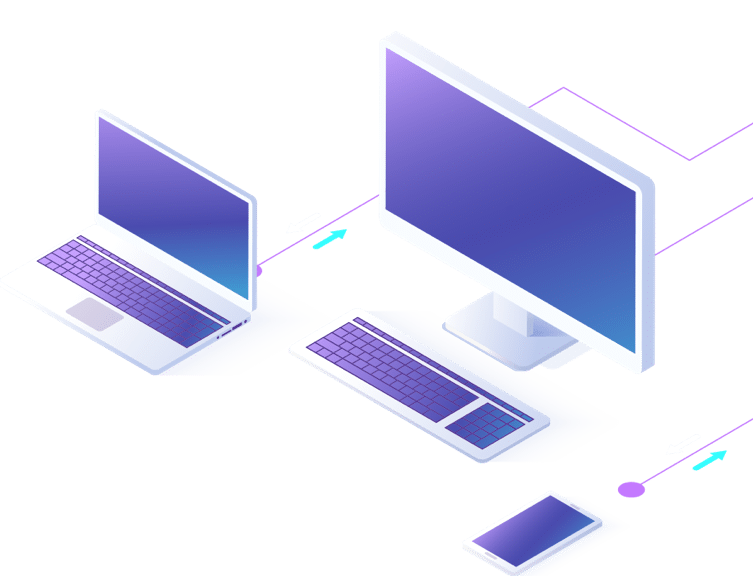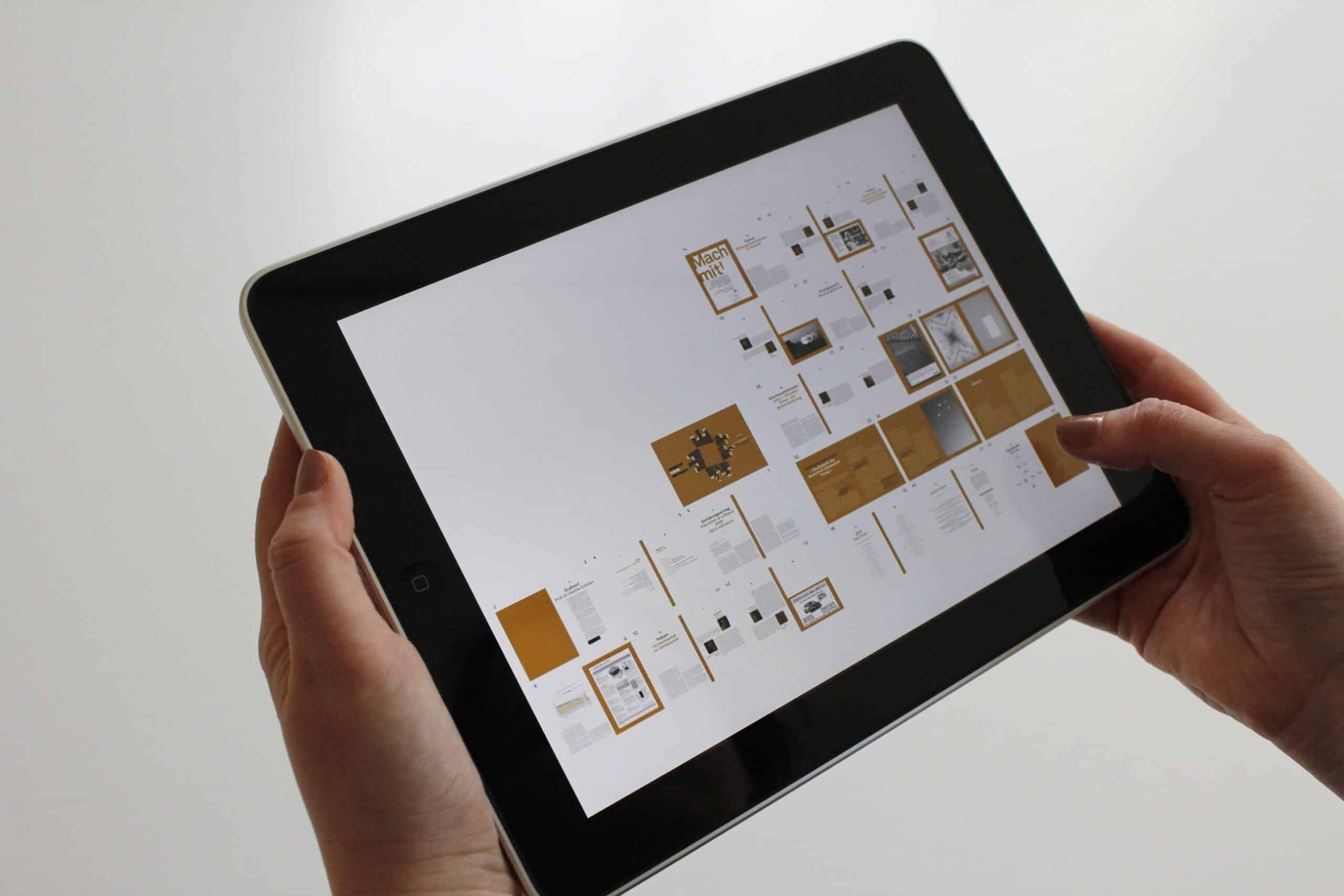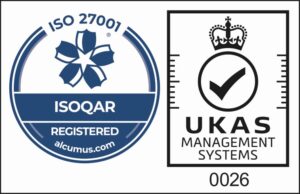Shielding Your Business from the Unexpected: How MSPs Fortify Disaster Recovery and Business Continuity
Downtime can be a death sentence for modern businesses. That’s why disaster recovery and business continuity aren’t just buzzwords; they are essential components of any sound business strategy. Managed Service Providers (MSPs) are increasingly becoming the go-to experts for implementing and managing these critical functions. Here’s why.
Disaster Recovery vs Business Continuity: A Brief Overview
- Disaster Recovery: Primarily focuses on the restoration of IT systems and data after a disaster.
- Business Continuity: A broader strategy that ensures the whole business can operate effectively during and after a disaster.
Why MSPs?
- Expertise: MSPs bring specialized knowledge in disaster recovery and business continuity planning.
- 24/7 Monitoring: Constant monitoring of your systems to identify and address issues before they escalate into major problems.
- Cost-Effectiveness: MSPs offer scalable solutions that can be more budget-friendly than in-house management.
Core Services Offered by MSPs:
- Risk Assessment: MSPs identify vulnerabilities in your system, helping you understand where you’re most exposed.
- Data Backup and Recovery: Secure, regular backups of your critical data, and rapid recovery solutions.
- Cloud Services: Utilization of cloud-based solutions for data storage, allowing for quick recovery and global accessibility.
- Regular Testing: MSPs not only implement strategies but also conduct regular testing to ensure they’re effective.
Customization and Scalability:
- Bespoke Solutions: Every business is unique, and MSPs can tailor their services to fit your specific needs.
- Scalability: As your business grows, your disaster recovery and business continuity plans can easily be scaled up.
Ensuring Compliance:
Regulatory requirements for data protection and recovery can be complex and ever-changing. MSPs can help ensure that your business stays compliant with the latest regulations, avoiding costly fines and legal issues.
Future-Proofing:
MSPs keep abreast of the latest technologies and threats, ensuring that your disaster recovery and business continuity plans are always up-to-date.
In today’s unpredictable landscape, disasters can strike from any angle—be it a natural disaster, a cyber-attack, or even human error. Having a robust disaster recovery and business continuity plan is essential, and partnering with a Managed Service Provider can offer the expertise, resources, and peace of mind to ensure that your business can withstand anything that comes its way.













